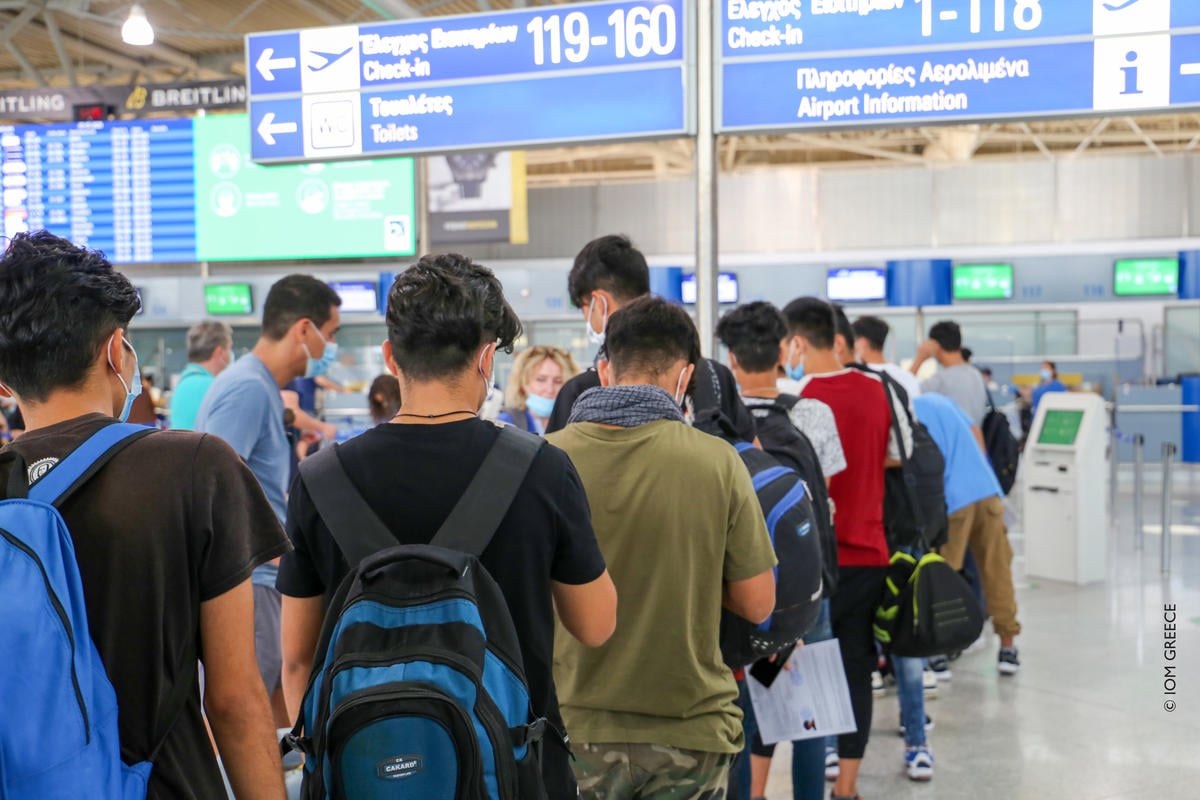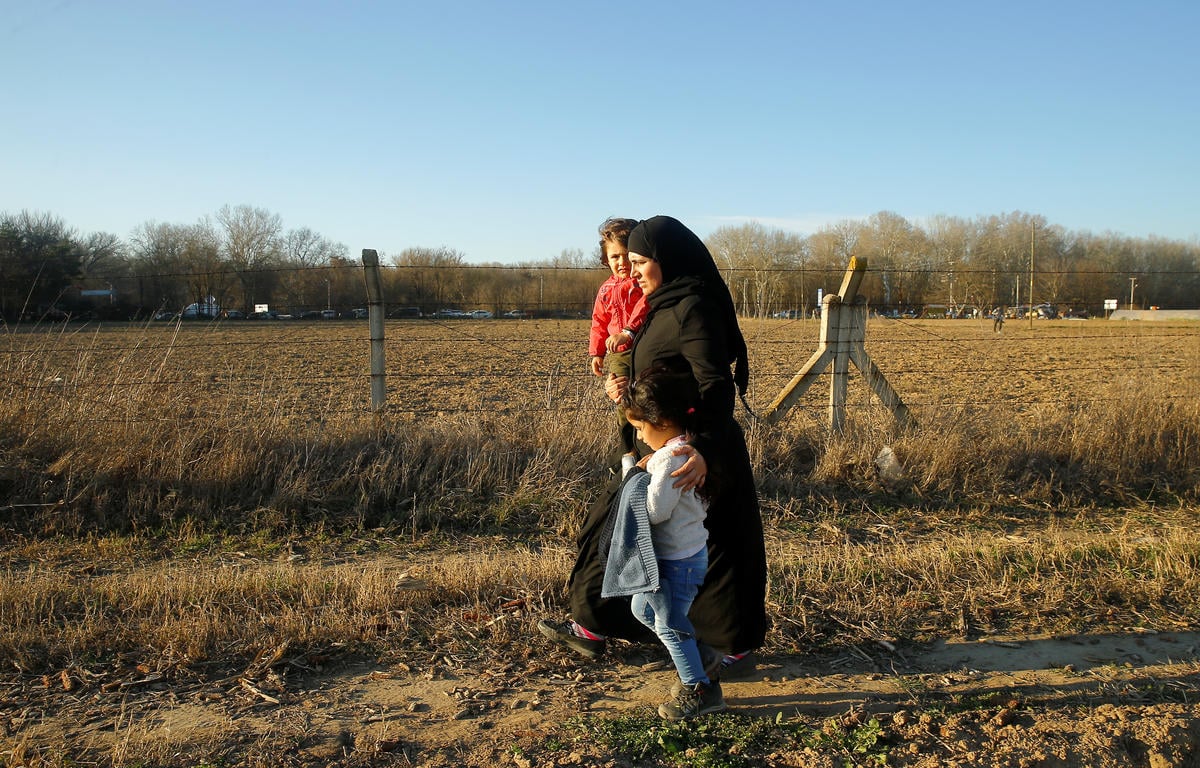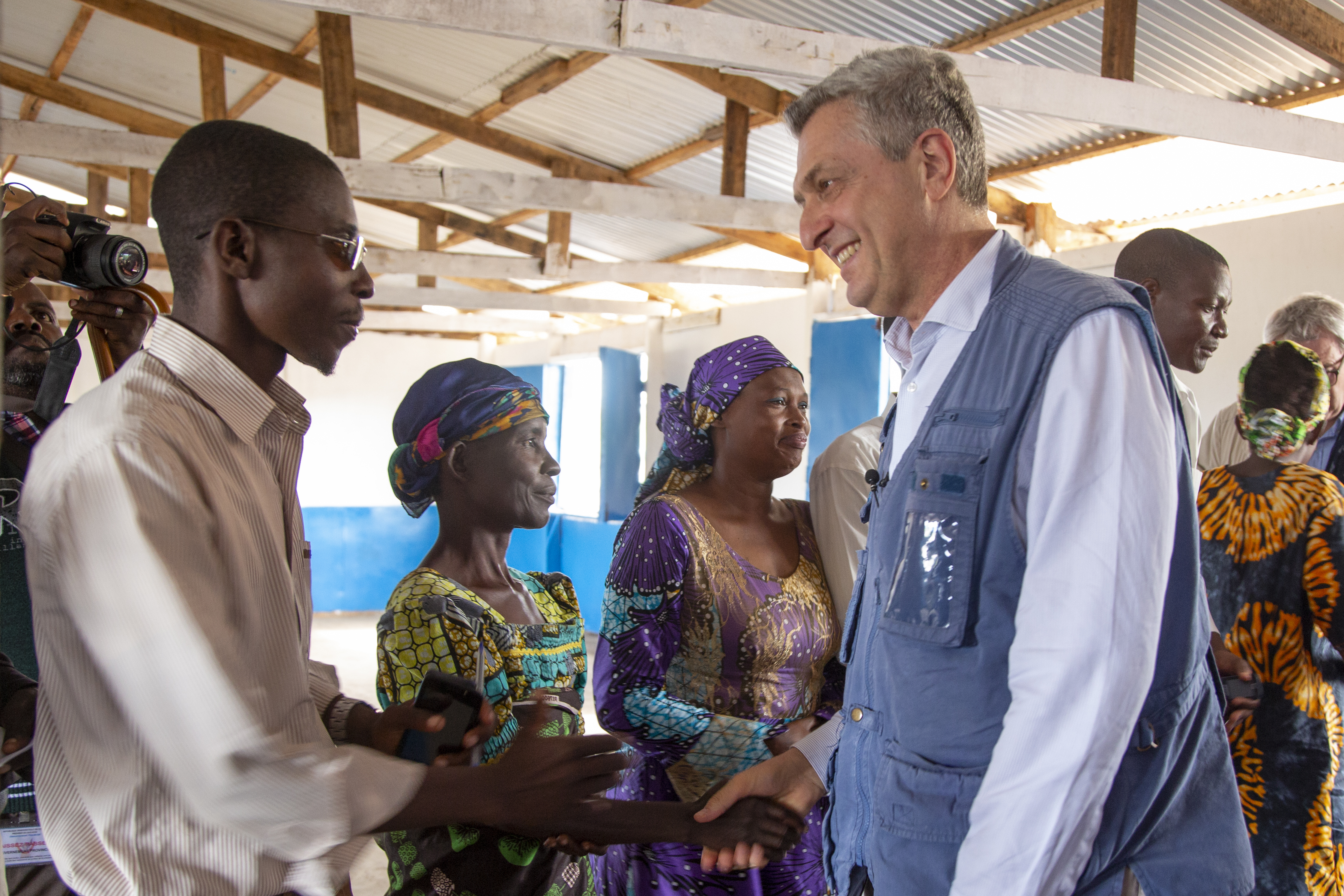Gulf of Aden: Somali refugee flow slows down despite ongoing violence
Gulf of Aden: Somali refugee flow slows down despite ongoing violence
The number of people crossing the Gulf of Aden and the Red Sea in the mixed migration flow from the Horn of Africa has nearly halved during the first quarter of the year in comparison with the same period in 2009. Since the beginning of the year, some 9,400 people reached the shores of Yemen in contrast to nearly 17,000 between January and March 2009.
The largest drop is registered in the number of the new Somali arrivals. Some 3,200 Somali refugees arrived in Yemen this year which is approximately a third of their number during the first quarter of 2009. Today, Somali refugees represent every third new arrival to Yemen. During the same period of 2009, which was considered one of the relatively calmest periods in Somalia recently, Somali refugees were the overwhelming majority as they made more than half of all of the new arrivals by sea to Yemen. New arrivals from Somalia are automatically recognised as refugees in Yemen and the country presently hosts more than 170,000 Somali refugees.
However, the drop in the number of Somali arrivals is not driven by improvement of conditions inside Somalia. Many Somali civilians are daily forced to flee their homes.
This year began with some of the worst and deadliest fighting in Somalia since early 2009. The first three months of 2010 recorded some of highest displacement rates since January 2009 with an estimated 169,000 people being forced to leave their homes in south central Somalia, particularly from Mogadishu. However, the number of new Somali arrivals in the region remains relatively small. More than 20,000 Somali refugees fled the neighbouring countries - mostly to Kenya (over 12,000) and Ethiopia (over 6,500) since the beginning of the year.
Most of the displaced Somalis found shelter in the makeshift camps in the Afgooye corridor just outside Mogadishu or remain displaced in within the capital.
The new Somali refugees reaching Yemen claim that those fleeing the fighting face increasing difficulties in reaching the port town of Bossaso in northern Somalia, where they wait for their chance to board smugglers' boats sailing for Yemen. They cite general insecurity as the main reason deterring their movements towards the north. In addition, they say that more and more people simply have no means to pay for the trip to Puntland.
The refugees also reported that there are visible efforts by Puntland authorities to stem the human trafficking and mentioned that there is a large number of new arrivals in Bossaso waiting to be smuggled to Yemen. UNHCR teams in northern Somalia continue to assist the displaced population. In addition, intensive information campaigns warn those contemplating the risky passage to Yemen of the dangers involved.
According to same reports, many displaced Somalis avoid heading towards Kenya or Ethiopia through territories under militia control, fearing violence and forceful recruitment.
The civilian population in Somalia continues to suffer one of the worst humanitarian crises in the world. There are an estimated 1.4 million IDPs in Somalia while nearly 570,000 Somalis live as refugees in the neighbouring countries.








